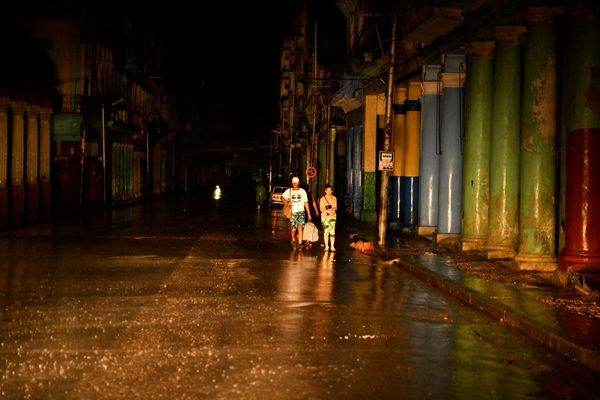Stargazers across the UK will be able to catch a glimpse of the year’s fourth and final supermoon on Thursday, in a phenomenon known as the Sturgeon Moon.
August's supermoon was named the Sturgeon Moon by North American fishing tribes, since the species appeared in large numbers in the Great Lakes at this time of year. A supermoon means the moon is closer to the Earth than usual, so it appears bigger and brighter in the sky.
They are classed as such when the Moon is at 360,000km or less away from Earth – the average distance between the moon and the Earth being 384,400km.
READ MORE: Dad with 'biggest heart and smile' dies in early morning crash
When is the best time to see the Sturgeon Moon?
The Sturgeon supermoon will be visible from around 9pm on Thursday 11 August and will reach its peak at 2.36am on Friday morning, when the Moon is directly between the Sun and the Earth. The best time to see the spectacle will be an hour or so after it gets dark and the moon begins to rise – which is at 8.55pm in the Southeast.
Where is the best place to see the Sturgeon Moon?
The Sturgeon Moon will be visible around the UK, so there is no specific place you must be to see it. As long as the night is clear and with little cloud coverage, the moon should be on full view throughout the night and will still look bigger than usual over the weekend. Looking up into the night sky in an area away from buildings and street lights can also enhance your view of the moon.
The Sturgeon Moon is the third supermoon to occur in as many months. In July, stargazers were able to see the biggest and brightest moon of the year – known as the Buck Moon, with the Strawberry Moon occurring the previous month.
Make sure you don't miss tonight's supermoon, as the next will not be visible until July 2023.
READ NEXT:
- Liverpool Hooters recruiting for 200 staff including 'Hooters Girls'
- Man, 20s, dies after car crashes into tree
- People across Merseyside could be 'cut adrift' over winter
- McCooley's issue statement after grandad claims he was refused entry
- From gravediggers to dockers: 15 images of strikes from Liverpool's past







